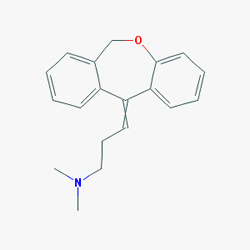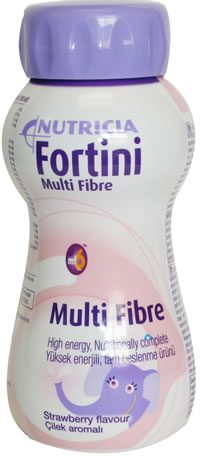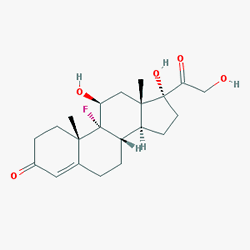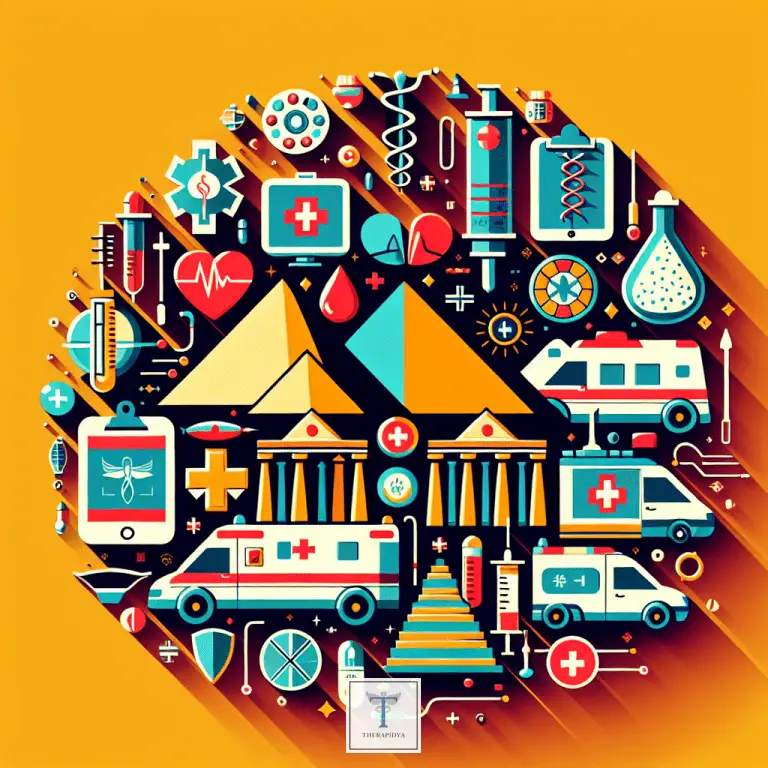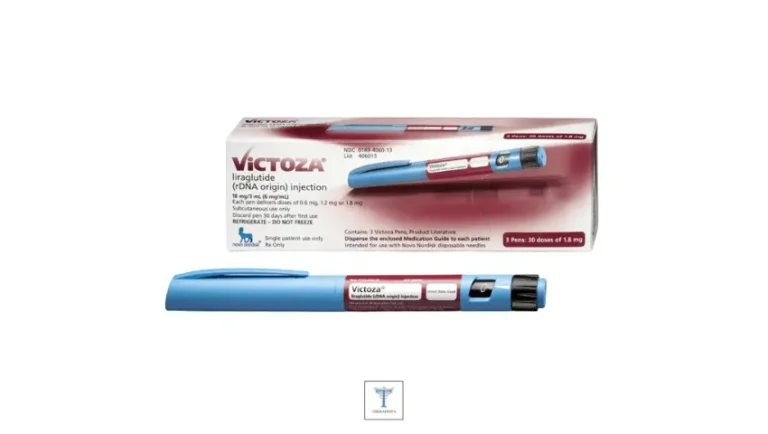How to Arrange a Medicine Cabinet .. Your Full Guide 2023
In this article you will find anything you need to know about how to arrange a medicine cabinet. A medicine cabinet is a place where you can store all your medications and other healthcare products. A well-organized medicine cabinet will help you find what you need when you need it.
A good way to arrange your medicine cabinet is to put the most used items in easy reach, such as pain relievers and allergy medicines. You can also organize the items according to their type, such as vitamins, over-the-counter medications, and prescription drugs. Continue to read to see the details.
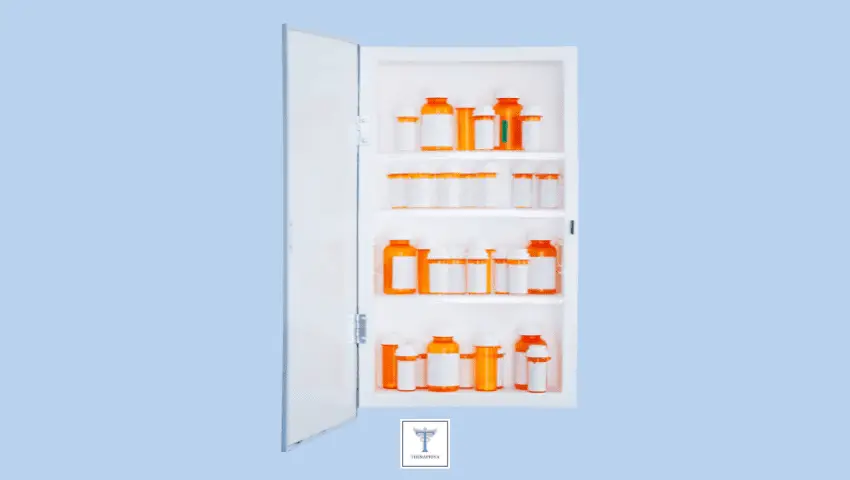
How to Arrange a Medicine Cabinet
The correct and optimal way to set up a medicine cabinet is as follows [1]:
Find a suitable medicine cabinet
The first thing that must be determined is the location and specifications of the medicine cabinet, because the location of the medicine cabinet is important in order to maintain the safety of medicines and avoid their damage, so it must be in a place that fits the correct storage instructions for medicines, such as hanging them in the bathroom due to the high rate of humidity and temperature.
It is also forbidden to hang it above the refrigerator or gas to avoid exposing it to heat and light due to the strong water vapor.
To ensure the family’s safety, the medicine cabinet should be hung in a high place where children and pets cannot reach and tamper with it. stickers. [2]
Chronic medications are placed on the top shelf of your medicine cabinet
The reason for this is that chronic medications are typically given to the elderly, some of whom suffer from forgetfulness or Alzheimer’s disease, and leaving medications within their reach is dangerous. It is worth noting that the elderly are not the only ones who should keep medicines out of reach of children; their curious nature may cause them to eat anything that falls into their hands, so high places are best to avoid seeing them. [4]
As a result, when purchasing a medicine cabinet, consider those that are divided into shelves and have a tightly closed lid, as all chronic medications will be placed on the top shelf, making them difficult to reach or open unless an adult is present. [4]
It should be noted that the method of storing chronic medications must adhere to the instructions on the package. Any type of medicine should be stored in its original packaging in a cool, dry place. [3]
Also read: Best Medicine Delivery Apps USA
Daily medicines are placed in the middle shelf of the medicine cabinet
Daily medications are those that most people take without a prescription. Such as pain relievers and vitamins, and while this type of medicine is not particularly harmful, taking it in large doses poses significant risks, so it is preferable to keep it on the bottom shelf of chronic medicines, where it is out of reach of children but easily accessible to adults.
We recommend that you tightly close the medicine package after use, then place it in the medicine cabinet and always close the pharmacy, and that you avoid leaving the medicine on the table or the floor after taking the dose. [5]
First aid kits are placed in the lower shelf
A first aid kit is essential in the home and in the car, and it is one of the most important items. The components of the medicine cabinet that are used in emergency situations such as wounds and burns, and these tools are preferably placed on the lower shelf so that all family members can access them in the event of an emergency.
To begin organizing them, they can be unpacked from cardboard boxes and sorted in an orderly manner in water-resistant plastic containers with lids. [6]
Adhesive tapes, alcohol wipes, adhesive bandages of various sizes, a large bottle of eyewash, wound dressings, burn ointments to relieve accidental burns, scissors, forceps, gauze, an easy-to-use digital thermometer, and wound disinfection ointment are the most important first aid kits.
And scratches, as well as allergy medications, a first-aid ointment containing an antibiotic to treat bacterial infections, burns and minor wounds, and elastic elastic bandages for cases of muscle strain. It should be noted that these tools can be divided into groups in boxes based on their type, so that the contents of each Label box can be seen. [6]
Also read: How to Save 75% on Medicine
Liquid materials are placed in a suitable and safe place
Liquid substances are classified into two types: liquid medicines and disinfectants and sterilizers that prevent the growth of microorganisms. Both types have a place in the refrigerator because the basic condition for keeping them is to keep them in a low-temperature environment, which is explained by the fact that low temperature prevents the growth of microbes, so it is prohibited to save these materials in the medicine cabinet unless this is stated in the manufacturer’s instructions. [7]
Sharps and scissors are placed in an airtight container
Sharp tools should be included. Needles, syringes, scissors, and other potentially harmful tools that are misused by unauthorized individuals, for example; Diabetes patients use needles to administer insulin, and adults use dental floss to clean their teeth; any of these tools can penetrate the skin, causing bleeding or transmitting diseases between family members through the blood. [8]
As a result, it is preferable to store these tools in airtight containers, and the user is collected in a package designed specifically for this purpose, made of hard plastic or cardboard that is difficult to puncture, and placed in the medicine cabinet after attaching a label indicating what it is, and after its fullness, it must be discarded. To dispose of waste in an appropriate manner in accordance with health instructions, in order to maintain the safety of individuals and the entire community. [8]
Arrange all materials so that they are easily accessible
The importance of arranging medicines correctly and orderly is to avoid mixing medicines, saving time spent in random searches by taking out all the contents of the pharmacy to see what is being searched for, as well as the ease of identifying expired medicines to get rid of them, and it should be noted that each person has a different method.
There is no accepted method for completing this task, but the point is that it is easy to see and take, and labels can play a significant role, but in all cases, periodic sorting of medicines should be carried out every 3-6 months to check their expiration date. [9]
When arranging a medicine cabinet, several considerations must be taken into account, such as placing the pharmacy in a suitable location, placing chronic medicines on the upper shelf, daily medicines on the middle shelf, and first aid tools on the lower shelf, and taking care to keep liquid materials in a safe place and sharp tools out of children’s reach. Arrange all tools and materials so that they are easily accessible.
When using a medicine cabinet, take the following precautions
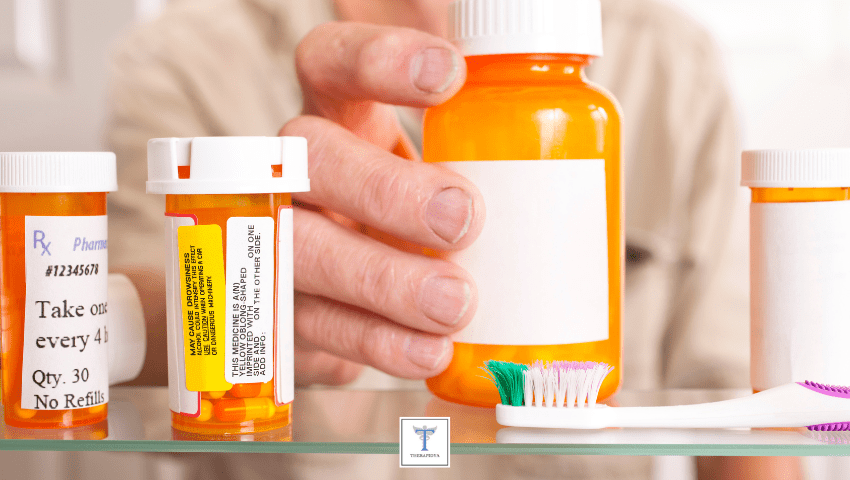
When medicines are used against their instructions, they become harmful and have an adverse effect. Many people who take multiple medications are at risk of drug interactions or interactions, so they must organize their medications and explain the number of doses and why each medication is used through explanatory labels. In addition to locating the medicine cabinet in a location that is secure, out of reach of children, and easily visible. [10]
The following are the most important precautions to take when using a medicine cabinet: [11]
- Clarify the name of each medication, the number of doses required, and the reason for its use.
- Recognize drug side effects and how they interact with one another.
- Explain what to do if a dose is missed, keeping in mind that you may have a medication allergy.
- Take your medications at the appropriate times and doses.
- To avoid interruption and periodic sorting of medicine cabinet medicines, renew medicines when their expiry date is near.
- Maintain the safety of medicines by storing them properly.
- By knowing where the medicine cabinet is located, you can ensure that medicines are stored away from direct sunlight and heat.
- Keep medicines away from children and animals.
- Keep medicines away from household cleaners.
The importance of arranging a medicine cabinet should not be underestimated, as it includes a lot of tools and medicines that pose a danger when used incorrectly, so its correct arrangement prevents the occurrence of many dangers and prevents the infection of a possible disease or emergency situation, so when arranging it, the application of public safety conditions is taken into account to maintain the safety of all family members first and foremost, as well as improving the safety of all family members.
Recourses
- Shari Forschen, “How to Organize Your Medications”, wikihow,
- “Where is the best place to keep your medicines at home?”, returnmed,
- “Guiding Principle 8 – Storage of medicines”, health,
- “Put Your Medicines Up and Away and Out of Sight”, cdc,
- “Keep Medicine Away From Children”, vicks,
- “Putting Together A Home First Aid Kit”, themarthalog,
- “How To Store Your Medicines Properly”, healthexchange,
- “Sharps 101: Understanding Sharps Waste and Proper Needle Disposal”, stereocycle,
- Megan N. Freeland, “How to Organize Your Medicine Cabinet Like a Pro”, goodrx,
- “Living with multiple medicines: Organising and storing medicines”, nps,
- “MEDICATION SAFETY TIPS”, Martinhealth,
This post is also available in: Dansk (Danish) Nederlands (Dutch) Français (French) Deutsch (German) עברית (Hebrew) Italiano (Italian) Polski (Polish) Română (Romanian) Русский (Russian) Türkçe (Turkish) Español (Spanish) Български (Bulgarian) Ελληνικά (Greek) Magyar (Hungarian) Português (Portuguese (Portugal))


